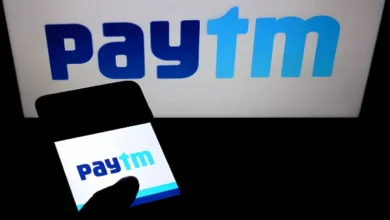How To Claim Deductions Under Section 80C: ITR Filing Update
People and companies are reminded each year at this time that it is a legal necessity to file their income tax returns (ITR) by the deadline. The fiscal year 2022–2023 or assessment year 2023–2024 ITR reporting deadline is July 31, 2023. Claiming deductions and exemptions, accurately reporting your income, and paying the right amount of tax are all essential components of properly filing your income tax forms.
The Income Tax Department is aware of how important it is to encourage taxpayers to invest and save their money. Chapter VI A of the Income Tax Act provides a number of deductions in this area, helping people reduce their tax obligations.
One of the most often used provisions for obtaining exemptions is the deduction under section 80C. You have the option to reduce your taxable income and tax liability under Section 80C of the Income Tax Act. It comprises of a number of clearly defined payment and investment options that, when used together, may reduce your taxable income by up to Rs 1.5 lakh. It’s important to keep in mind that even if you may deduct the expense when you submit your ITR, the investment or payment must really have been made within the relevant fiscal year.
The four subsections of section 80C are 80CCC, 80CCD (1), 80CCD (1b), and 80CCD (2). Here is a summary of what each component addresses:
Investments in provident funds like EPF and PPF, equity-linked savings plans, life insurance premiums, payments paid toward the principal amount of a house loan, Sukanya Samriddhi Yojana (SSY), Senior Citizen Savings Scheme (SCSS), National Savings Certificates (NSC), and other things are all covered under section 80C of the tax code.
80CCC: Contributions to pension programs and certain mutual funds.
80CCD (1): Contributions paid to government-sponsored programs including the Atal Pension Yojana (APY) and National Pension System (NPS).
80CCD (1B): Investments up to Rs 50,000 in the National Pension System (NPS).
80CCD (2): Employer’s National Pension System (NPS) contribution, up to 10% of the Basic Salary and any applicable Dearness Allowance.
You must complete the necessary fields on the ITR-1 form in order to claim these deductions. There is a thorough breakdown column in Part C of the third tab, “Computation of Income and Tax,” where you may list the deductions that apply under different provisions of the Income Tax Act.
Some of these elements may be automatically filled in if you are completing your ITR online using the data from Form 24Q, which is normally filled out by your employer.







